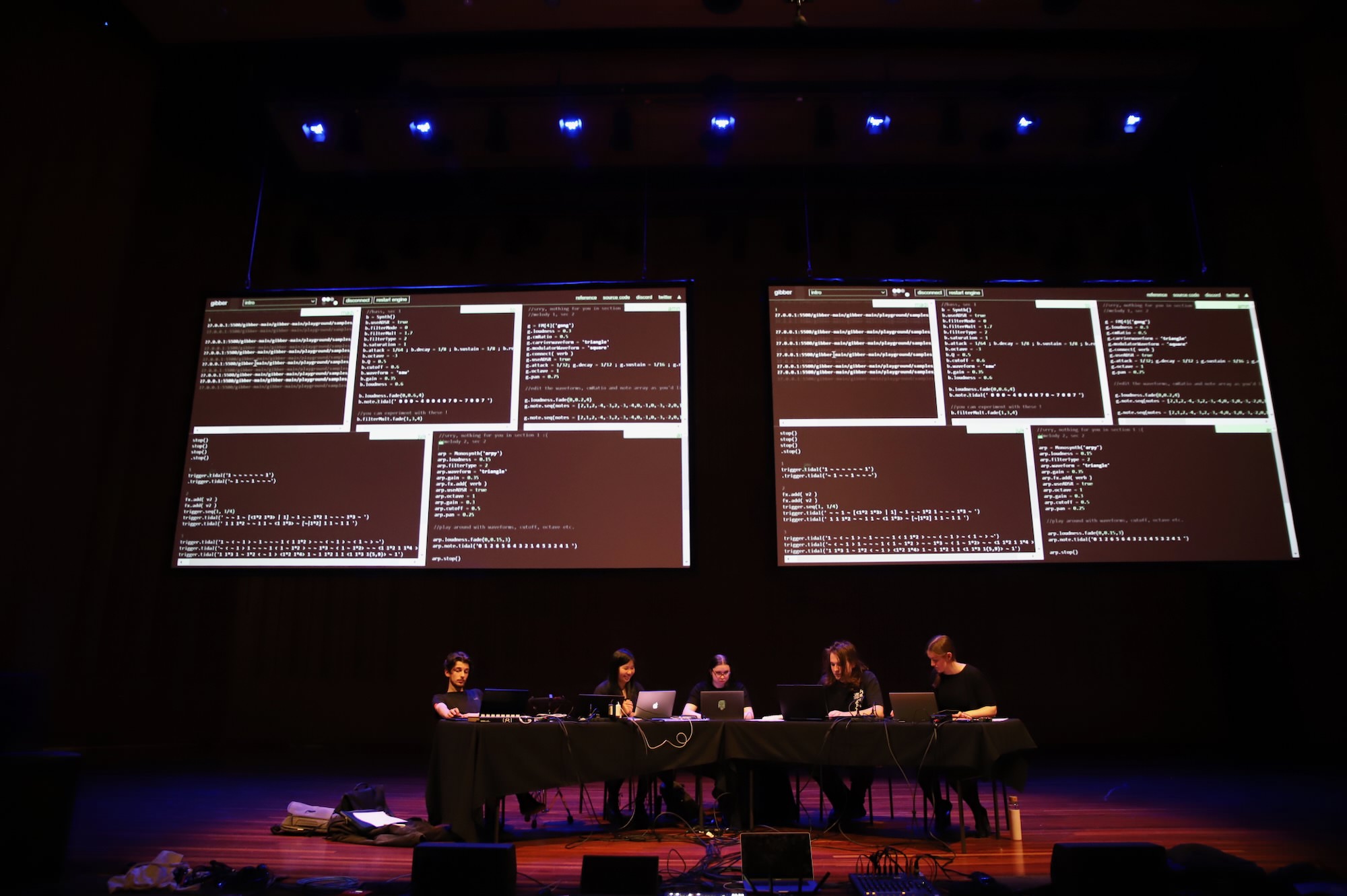Getting to Canberra and the ANU
Accessibility
Please see our accessibility FAQ page. If you have any concerns or questions about accessibility, please contact Alexander Hunter.
Transport
The most common ways to arrive in Canberra from international destinations are by flight or via the Murrays bus.
If your international flight arrives in Sydney, we highly recommend taking the Murrays bus from Sydney International Airport. The journey takes approximately 3 hours and arrives in Canberra City Centre. The bus stop is a 10-minute walk to the ANU campus and the suggested accommodation options listed below.
If your international flight arrives in Melbourne or another domestic city (or if you are flying in from Sydney), you will most likely arrive at Canberra Airport. It takes approximately 35 minutes to reach Canberra City by bus (Line 3). Uber and taxi services are also available at the airport, with a typical travel time of 15–20 minutes to the city centre. You can find more information here.
Accommodation
There are many accommodation options nearby ANU campus and around Canberra’s city centre that are walking distance to the conference venues.
Below are a few (personal) recommendations, but please feel free to choose accommodation that best suits your needs and budget.
Within walking distance (note: these are generally more expensive during conference dates):
- Peppers Gallery Hotel Canberra
- Quest Canberra City Walk
- Meriton Suites Canberra
- Avenue Hotel Canberra
- Adina Serviced Apartments Canberra James Court
Along the light rail line (more budget-friendly, quick and convenient—about 20 minutes to the main conference venue):
- Madison Capital Executive Apartments
- Canberra Rex Hotel
- Canberra Accommodation Centre (it’s not bad, but bath will be shared)
- Deco Hotel Canberra
- Pavilion On Northbourne
- Mantra MacArthur Hotel
Food and Drink
There are many options for purchasing food and drink on ANU campus. The area around Kambri has cafés, restaurants and a pub.
Canberra has many excellent coffee shops and restaurants.
Climate
While Canberra is not very cold by world standards, it is famously cooler than most other Australian cities. Typical min/max temperatures at the end of June are 0C–12C. Puffy jackets are a Canberra meme!
Map of Venues
Location: About Canberra and the ANU
Canberra is the capital city of Australia and home to around 450,000 people. We acknowledge the Ngunnawal people as traditional custodians of this land and recognise any other people or families with connection to the lands of the ACT and region. We acknowledge their elders past and present and unceded sovereignty. Canberra is a planned city laid out in early 20th century to include significant areas of native bushland, parks, gardens and artificial lakes. Canberra is home to Parliament House and many other national institutions related to government, research and culture including the National Gallery of Australia, National Library of Australia, National Film and Sound Archive, the Commonwealth Scientific and Industrial Research Organisation (CSIRO), and the Australian National University.

ANU was founded in 1946 and is the only university created by the Australian Government. Originally a research institution, ANU now has around 20,000 students. ANU has a strong focus on research excellence and is frequently ranked among the top universities in the world. The Canberra School of Music was founded in 1965 moving into a custom designed building adjacent to ANU in 1976. In 1992 the School of Music and School of Art became part of the ANU. The School of Music’s Llewellyn Hall is Canberra’s premier concert hall.
ANU has made historical impact in the field of electronic art and music. In 1971, ANU hosted Stan Ostoja Kotkowski, a pioneer in electronic art, who created the Laser-Chromason performing with composer Don Banks. In 1972, Banks and the Canberra School of Music worked with Tony Furse on the Qasar digital/analogue synth, the direct ancestor to the Fairlight CMI. In 1989, the Australian Centre for Arts and Technology (ACAT) was founded at ANU (link). In 2001, the Peter Karmel Building was opened at the ANU School of Music with studio facilities for ACAT later known as PMA (Photography and Media Arts) at the ANU School of Art and Design where the tradition of teaching and researching electronic art, physical computing and creative coding continues.

The ANU School of Computing has origins in courses dating back to 1971, entering its current form in 2004 as the Research School of Computer Science. In 2008, the School of Computing began teaching into “New Media Arts” programs within the humanities. This tradition has continued with “Art and Interaction Computing” continuing as a popular first-year elective and a creative entry point into computing. ANU was the home of the Extempore live coding language from 2012 to 2018 through the work of Andrew Sorensen and Ben Swift. From 2018, Charles Martin, Alexander Hunter, and Ben Swift taught computer music to music and computing students through project courses as the “ANU Laptop Ensemble”, in 2023, Charles Martin initiated Sound and Music Computing, which is, at 180 students, among the world’s largest laptop ensemble courses.

In 2019, the Kambri precinct and Cultural Centre opened at ANU including four flexible lecture/performance spaces, cafés and dining venues, and state-of-the-art classrooms, teaching, and study spaces. Kambri means “meeting place” to Aboriginal custodians of Canberra and is the source of our city’s name. Kambri will be the central location for NIME2025.
Recent relevant events at ANU include OzCHI 2022, the Australasian Computer Music Conference (ACMC) in 2020 (online), the Biennial Conference of the International Association for the Study of Popular Music in 2019 and the International Conference on Audio Display (ICAD) in 2016.